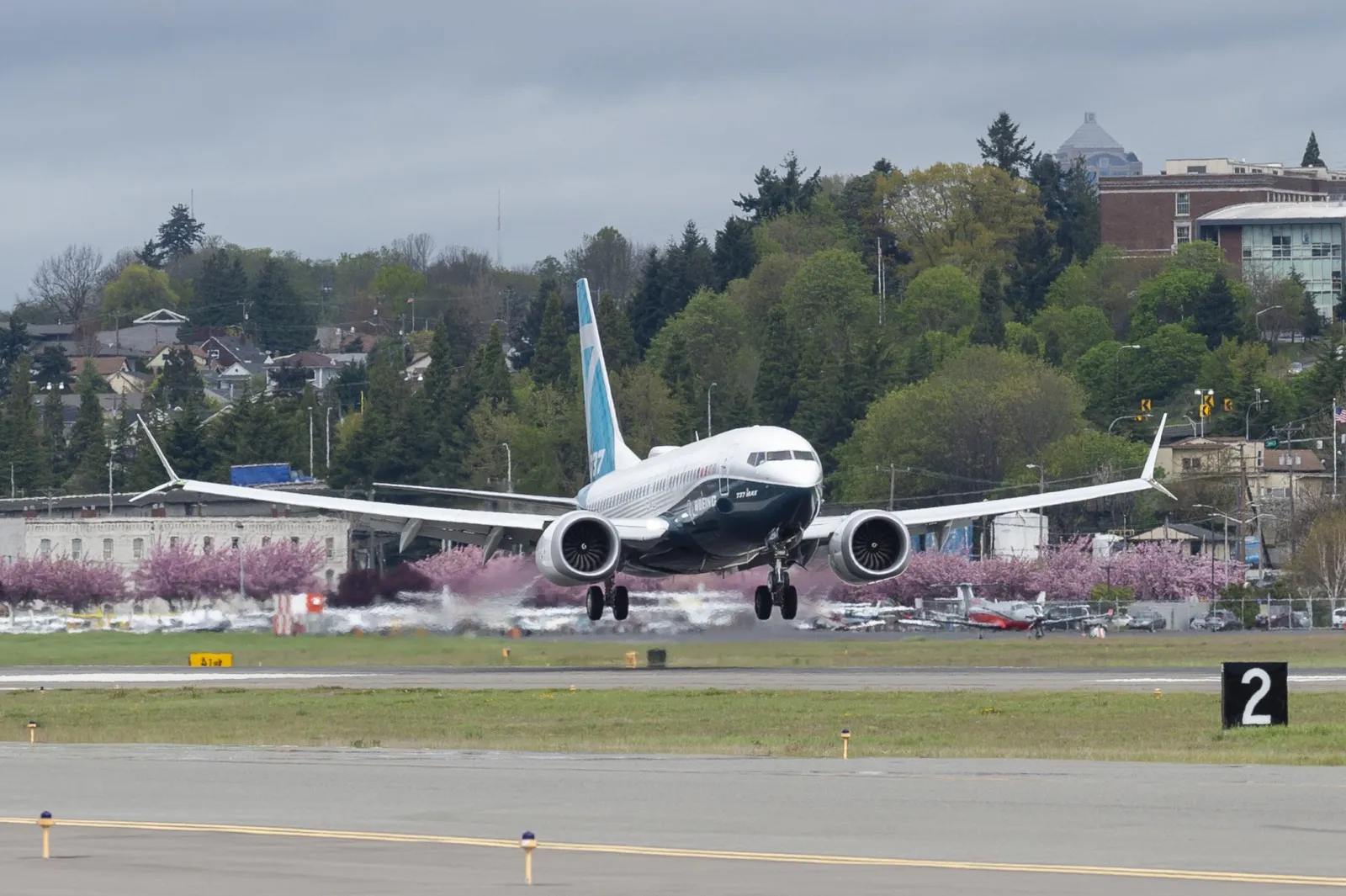
Boeing 737 MAX safe to fly says European regulator
Oct 16, 2020

The European Union Aviation Safety Agency has declared the Boeing 737 MAX safe for operation, following extensive evaluations and modifications made to address prior safety concerns. The aircraft was grounded globally after two fatal crashes, prompting a comprehensive review of its design and systems. The regulator's approval comes after Boeing implemented a series of upgrades, including enhancements to the Maneuvering Characteristics Augmentation System. With this endorsement, airlines in Europe can resume flying the 737 MAX, marking a significant step in restoring confidence in the aircraft's safety and reliability as it returns to commercial service.
The Boeing 737 MAX has been a focal point of discussions regarding aviation safety since its return to the skies. Recently, the European Union Aviation Safety Agency (EASA) declared the aircraft safe to fly, ensuring passengers and airlines can operate with confidence. This announcement is significant not only for Boeing but also for the entire aviation industry, which has been closely monitoring the developments surrounding the MAX series.
The Importance of Regulatory Approval
Regulatory authorities play a crucial role in maintaining safety standards within the aviation sector. The EASA's endorsement signifies a rigorous assessment of the Boeing 737 MAX’s systems and compliance with safety protocols. This approval is essential for restoring public trust in the aircraft, which had faced intense scrutiny following two tragic accidents.
Key Features of the Boeing 737 MAX
Understanding what makes the Boeing 737 MAX a reliable aircraft is important for passengers and airlines alike. Here are some of its notable features:
| Feature | Description |
|---|---|
| Advanced Engines | Equipped with LEAP-1B engines, which provide improved fuel efficiency and reduced emissions. |
| Enhanced Safety Systems | Incorporates updated flight control systems and redundancy measures to enhance safety. |
| Passenger Comfort | Designed with larger windows, improved cabin pressure, and quieter interiors for a better travel experience. |
These innovations contribute to the overall safety and efficiency of the Boeing 737 MAX, making it a competitive choice for airlines around the globe.
Monitoring and Ongoing Assessments
Even with EASA's approval, continuous monitoring is essential. Both Boeing and regulatory bodies like EASA and the Federal Aviation Administration (FAA) are committed to ensuring that the Boeing 737 MAX maintains its safety standards through regular assessments and updates. This ongoing vigilance helps in addressing any potential issues promptly.
Public Perception and Trust
Restoring public trust is a significant challenge for Boeing. The previous incidents involving the 737 MAX led to widespread skepticism among travelers. However, the comprehensive reviews and modifications made to the aircraft aim to reassure passengers that their safety is the top priority. EASA's declaration contributes positively to public perception, highlighting that regulatory bodies are satisfied with the aircraft's safety measures.
The Impact on Airlines and the Aviation Industry
The return of the Boeing 737 MAX to service has far-reaching implications for airlines and the aviation industry. Here are some of the notable impacts:
| Impact | Description |
|---|---|
| Increased Capacity | Airlines can increase their flight schedules with the addition of the 737 MAX, helping to meet rising travel demand. |
| Economic Recovery | The return of the MAX contributes to the recovery of the aviation sector post-COVID-19, supporting jobs and economic growth. |
| Competition | With its enhanced features, the MAX provides airlines with a competitive edge in the market, potentially leading to better ticket pricing for consumers. |
Conclusion: A New Chapter for Boeing 737 MAX
With the European regulator confirming that the Boeing 737 MAX is safe to fly, we can expect a gradual resurgence of this aircraft in commercial operations. The importance of regulatory approval cannot be overstated, as it not only reflects compliance with safety standards but also plays a vital role in restoring passenger confidence. The enhancements made to the 737 MAX, combined with ongoing monitoring and assessments, suggest a positive future for Boeing and the aviation industry. As airlines work to rebuild their fleets and schedules, the 737 MAX is poised to be a critical component in the recovery journey.
Ultimately, the collaboration between Boeing and regulatory authorities highlights the commitment to safety in aviation. Travelers can feel more secure knowing that the Boeing 737 MAX has undergone thorough evaluations and is backed by the rigorous standards set by entities like EASA.
Related Articles

Explore Thailand: The Best Islands to Visit for Paradise, Adventure, and Relaxation

The Ultimate Guide to the Best Islands in Thailand for Your Next Getaway

Do babies need passports? How to get a passport for a newborn

How to get a U.S. passport fast: here’s how to expedite the process

What is Mobile Passport Control: 5 reasons why you should use it

SENTRI vs. Global Entry: A detailed guide

Do you need a passport to go to the Bahamas? Let’s find out

Do you need a passport to go to Mexico? A detailed guide

Do you need a passport to go to Canada? We got the answer

Do You Need a Passport for a Cruise: An Essential Travel Guide

Booster Seat Requirements: All the Rules to Follow in Your Rental Car

What Are the World’s Most Powerful Passports, and How Does Yours Rank?

How to Take a Passport Photo at Home: A Helpful Guide

You've got to have heart! Southwest's new livery

Your opinion: Should water be free on low cost carriers?

Young women bolder than guys as solo travellers
